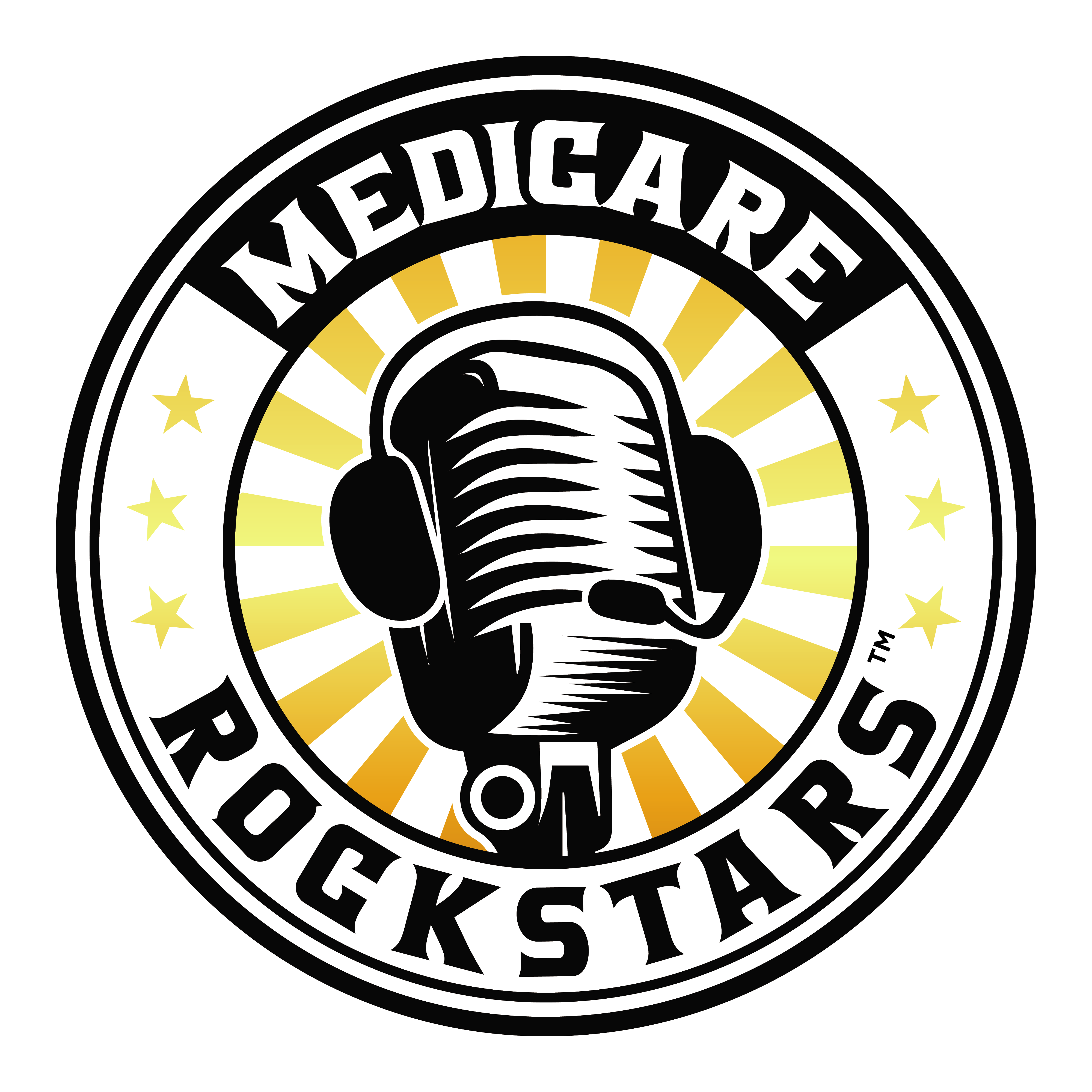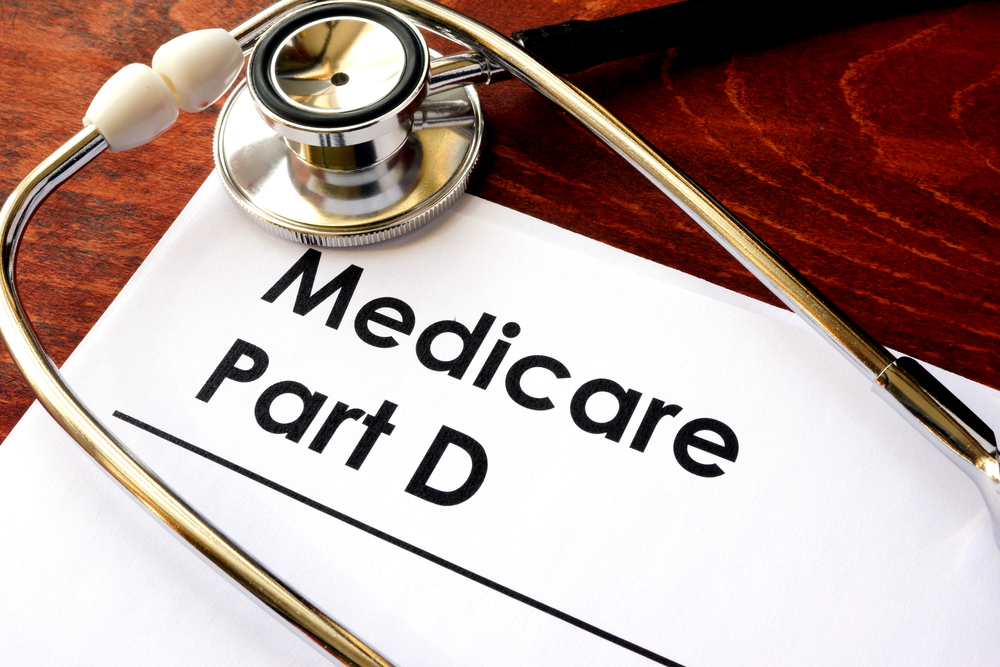The four phases of Medicare Part D include the deductible period, initial coverage period, coverage gap, and catastrophic coverage.
Deductible Period
The deductible period under a Medicare Part D prescription drug plan works the same as every other type of insurance. First, you must pay the deductible. At this point, your Part D plan is not paying for anything. You pay the full negotiated price for your prescription drugs when you fill them at the pharmacy.
The deductible for your Part D plan will be no more than $445 in 2021. You pay this only once and luckily, this isn’t a separate charge to your insurance company. You reach that amount by paying for your prescriptions. Your monthly premiums do not count toward the deductible for your plan.
Premiums for Medicare Part D work just like Medicare Part B. You will pay the plan premium, which is set at or above the national base premium ($33.06 in 2021), directly to your insurance company. If you and your spouse have an income above a certain amount, you will owe Medicare an additional charge called the Part D Income Related Monthly Adjustment Amount (IRMAA). You pay that charge directly to Medicare.
The premium will take into account the late enrollment penalty if it applies. You may be charged a late enrollment penalty for the time you went without creditable drug coverage without signing up for Medicare Part D. The fee adds 1% of the national base premium to your monthly premiums for every full month you went without Part D or creditable drug coverage after you became eligible for Medicare.
Initial Coverage Period
Once you have paid enough for your prescriptions that you have paid the plan deductible, your insurance company will begin to help pay for your covered drugs. Thanks to cost-sharing, you will still be responsible for paying copayments or coinsurance for each prescription, an amount determined by your plan.
Medicare Part D coverage is completely transparent to its consumers. Before you even sign up for a plan, you are able to view each plan’s list of covered drugs and the pricing tiers the plan uses. The list of covered drugs is called the plan’s formulary. You will want to make sure that the prescriptions you are currently taking are covered by the plan you choose.
Medicare Part D costs use a tier system to determine the copayments your plan will charge you for each type of prescription. These tiers are grouped in categories. Generic, preferred prescriptions are the least expensive. Specialty drugs, requiring special handling or administration, are the most expensive. In the middle are generic, non-preferred; brand-name, preferred; and brand-name, non-preferred. Each generic, preferred drug will have the same low cost during the initial coverage period.
Coverage Gap (Donut Hole)
When you spend more than $4,130 on your prescription drugs, you enter the coverage gap, which is also called the Part D donut hole. At this point, the cost-sharing changes. Instead of paying your low copayments, you will pay 25% of the cost for each drug, whether it is generic, brand-name, specialty, preferred, or non-preferred. These costs have been partially lowered since 2020: the percentage you used to pay during the coverage gap was higher.
Catastrophic Coverage
Once you have spent $6,550 in out-of-pocket costs toward your prescription drugs, you enter what is known as catastrophic coverage. There are a few different costs that help you reach this amount, including:
- Your Part D deductible
- What you paid during the Initial Coverage Period
- The majority of the full cost of brand-name drugs paid for during the Coverage Gap (including the manufacturer’s discount)
- Any amounts paid by other people and charities for your prescriptions
- Amounts paid by State Pharmaceutical Assistance Programs, AIDS Drug Assistance Programs, and the Indian Health Service
Under catastrophic coverage, your costs for all prescriptions are considerably lower. You pay only small copayments for the remainder of the year. Costs amount to 5% of the cost of each prescription or $3.70 for generic drugs and $9.20 for brand-name drugs, whichever is higher.
Medicare Advantage Prescription Drug Plans
An alternate route to prescription drug coverage is to purchase a combined plan with Part A, Part B, and Part D. To do that, you can sign up for a Medicare Advantage Prescription Drug (MAPD) plan.
Medicare Advantage plans give you the same Part A and Part B covered services, just through a private health insurance company that has been approved by Medicare to handle your coverage. These plans can also offer benefits not found under Original Medicare, including dental, hearing, and vision coverage or benefits like fitness club memberships.
The coverage for prescription drugs under a Medicare Advantage Prescription Drug plan is equivalent to that of a Medicare Part D prescription drug program. Effectively, your plan gives you creditable drug coverage. You pay a separate monthly premium for your drug coverage.
Your plan will direct you to use a network of pharmacies in your region. Costs will be comparable to those under a Medicare Part D plan.
Choosing a Prescription Drug Program
To enroll in a Medicare Part D plan, you must first be enrolled in either Medicare Part A or Part B. You must also live within the plan’s service area.
When comparing your prescription drug plan options, you should start by reviewing the formularies of each available plan in your area, Part D and MAPD alike. Find the plans that cover all of the prescription drugs you are taking and rule the other plans out.
Next, compare the prices for the prescriptions you are currently taking. You now know that you will first need to pay the plan deductible before you receive those prices listed in their tier chart. The deductibles should not vary widely between plans, but you should compare them to know what you are getting into. You can then inquire as to the monthly premiums you will be charged. Then you can select the plan that fits both your healthcare needs and budget.
Do you have more questions about Medicare Part D and how to pay for your prescriptions? Contact the Medicare experts at Healthcare Solutions Direct today.



